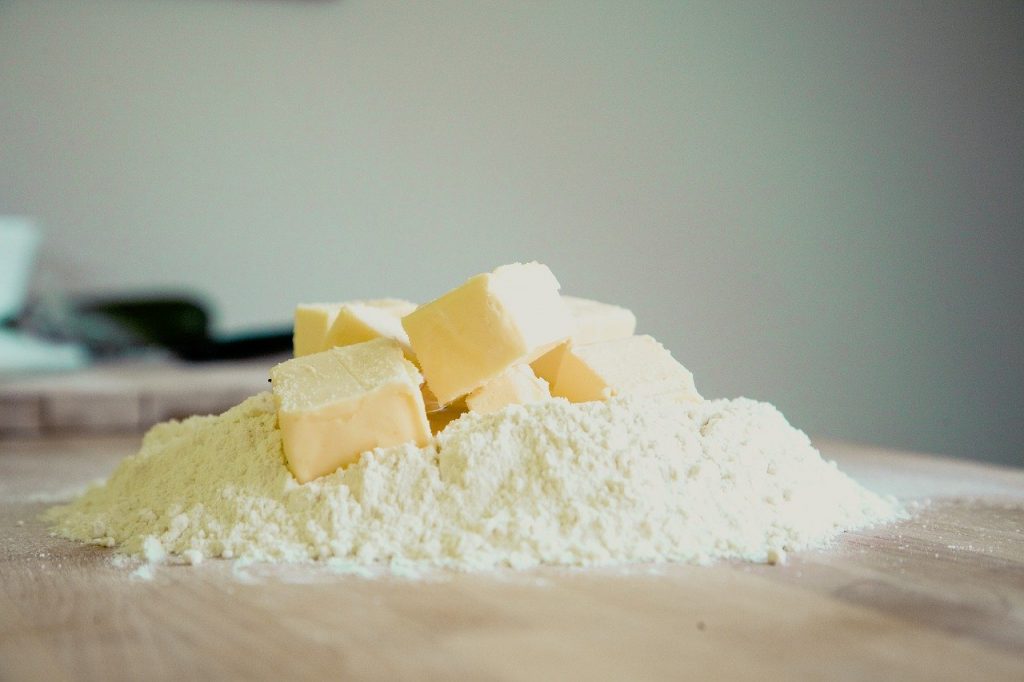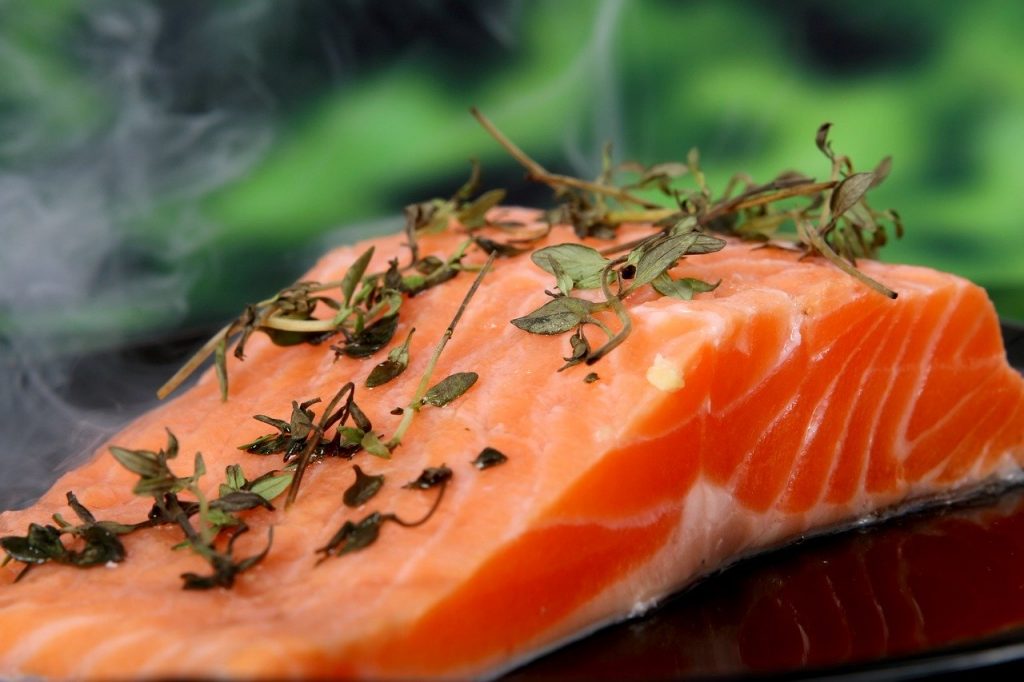[Article updated on 19/09/2023]
Why is there bad fat? And why is good fat recommended in our diet today? What is good and bad fat? And above all, what is it for?
A little history
After the last world war and its deprivations, there followed a period of welcome food abundance. Food in France has become considerably enriched. Those who had suffered from deprivation could finally make up for it in front of plates full of red meat, cheese, cream, cold meats, sweet foods etc…
This diet, if it was followed by a rural population, whose work often physical outdoors and in all weathers, could provide the necessary fuel to withstand these long exhausting days.
Nowadays, our activity is most often sedentary. Car, transport, desk, TV, tablets are the lot of most city dwellers assets.
Too much fat of animal origin, too much sugar consumption and a sedentary lifestyle are the causes of excess weight and especially cardiovascular diseases.
Our body is programmed to store excess fat and sugars in the form of fat, on our hips and thighs most often when we are women, on the abdominal strap when we are men, and around our organs. for everyone. It is this last element, beyond purely aesthetic considerations, which puts our health at risk.
Fat, lipids, are essential for our body.
Its roles are multiple: Fat, which is more beautifully called adipose tissue, is an essential energy reserve. It is this reserve which served us centuries ago to fight against famines, the cold of harsh winters and which serves us today to practice our favorite sport among others. We draw on the sugar in our muscles, then quickly on our fat reserves to sustain a prolonged effort, even if it is moderate. (Good to know, isn’t it?)
It protects vital organs. It maintains the flexibility of our cell membranes, our veins and arteries, that of our skin and our hair as well. It synthesizes essential hormones such as leptin for example (the satiety hormone and yes!), sexual hormones, exchanges between our neurons, and vitamins A, D, E and K. It is an essential constituent of our brain which is fatty tissue.

How to do the difference between “good” and “bad” fat ?
First of all he There is nothing bad except in excess.
Let’s start with cholesterol
It is essential to our body. It maintains a form of rigidity essential to our cells. It participates in the synthesis of our sex hormones. It is at the origin of the production of bile and the synthesis of vitamin D. But too much cholesterol is too much rigidity, and a risk of cardiovascular diseases.
We make 75% of it ourselves. It is said to be endogenous. Only 25% of cholesterol is provided by food. But we can act on this 25% by limiting our consumption of fats of animal origin: cheeses, cold meats, fatty meats, butter, eggs.
It should be noted that fresh butter rich in vitamin A is a good food to consume in moderation but should not be cooked. It loses its vitamin and fatty acids, transformed by cooking and becomes bad for our health.
To see more clearly about our biological analyzes
There is the “good” cholesterol (noted HDL on our analyses) This is the one which makes the cleans and brings excess fat from our cells to the liver by with a view to being subsequently eliminated.
And there is the bad (noted LDL) It is the one which goes from our intestine where are absorbed our food and in this case the fat towards our cells. It is for this reason the relationship between the two is important. And that a too high level of LDL compared to our HDL shows that the The body is no longer able to eliminate excess cholesterol.
And what about other fats?
Fat is above all a collection of fatty acids. And there are plenty of them very different.
They are classified in 3 categories:
Fatty acids saturated, monounsaturated and polyunsaturated.
The more they are saturated, the more rigid they are, and therefore dangerous in excess.
So-called saturated fatty acids such as palm oil, coconut oil, animal fats are easy to spot because they are solid at room temperature (butter, ham fat, palm oil from Nutella, etc.)
It is since the discovery of the essential roles of unsaturated fatty acids that the recommendations on fat consumption have changed and we recommend consuming more than before.
The news The recommendations date from 2010, so it’s quite recent.
This is the famous Mediterranean or Cretan diet also rich in fruits, vegetables and cereals.
There are acids monounsaturated fats and polyunsaturated fats, but the two major stars are the poly unsaturated omega 3 and omega 6. They are called essential because our body needs them but does not not synthesize. They are only found in food.
They protect against excess cholesterol, are anti-inflammatory, ensure the flexibility of our membranes, contribute to our immunity and healing.

Where to find these essential fatty acids?
THE omega 6 are found in vegetable oils of sunflower, corn, seeds grapes, peanuts, walnuts. In corn, wheat germ and nut. But we rarely lack it, our usual diet generally covers these contributions.
It is on the side of Omega 3 that we can improve our nutritional balance. Omega 3s are mainly found in linseed, walnut and rapeseed oils. In flax and chia seeds. And in fatty fish.
We lack it often because it is not entirely in our habits of eat herring, salmon, sardines or mackerel.
The ideal is to consume rapeseed or walnut oil alternately with the oil of olive, at least once a day, (olive oil resists better for gentle cooking than that of rapeseed or nuts to use for seasonings) small flax or chia seeds from time to time, and fatty fish 3 times a week.
Of course, it is necessary associate with these good habits, the consumption of fruits and vegetables, lean meats and light dairy products such as natural yogurt, white cheese of animal or vegetable origin.
To conclude
The fat is essential to our good health. As always it’s the excesses that we must avoid and choose carefully the origin of our food.
Finally, to eliminate fat stored in excess in our body, let’s practice regular physical activity. Our body draws on its reserves adipose after 40 minutes of even moderate effort.
